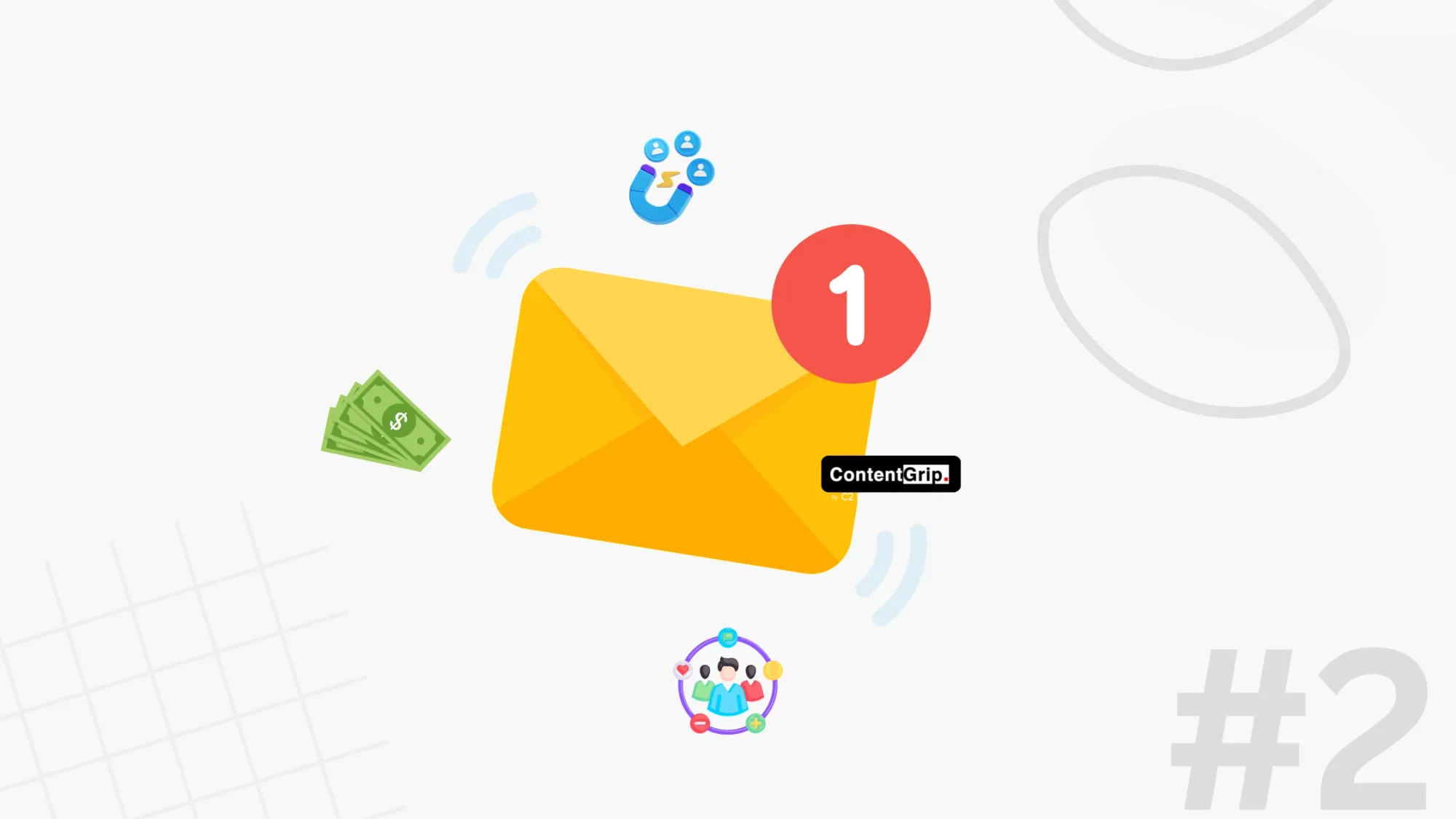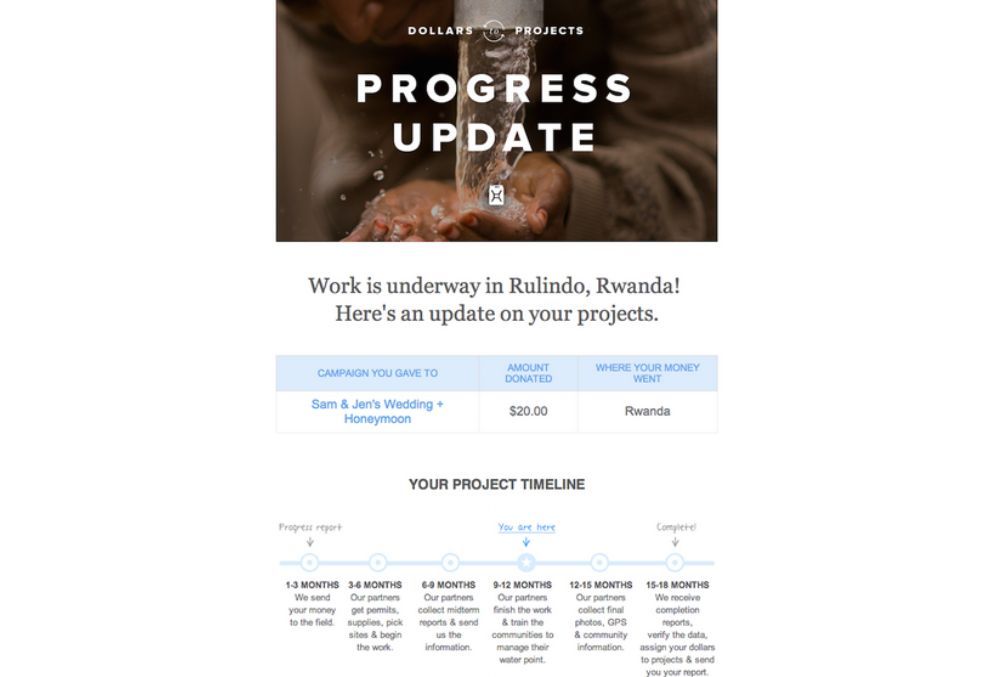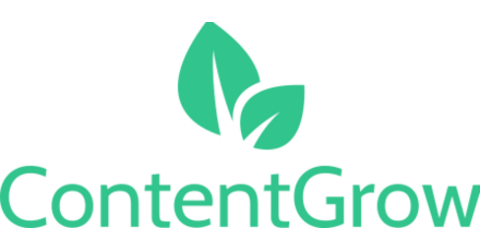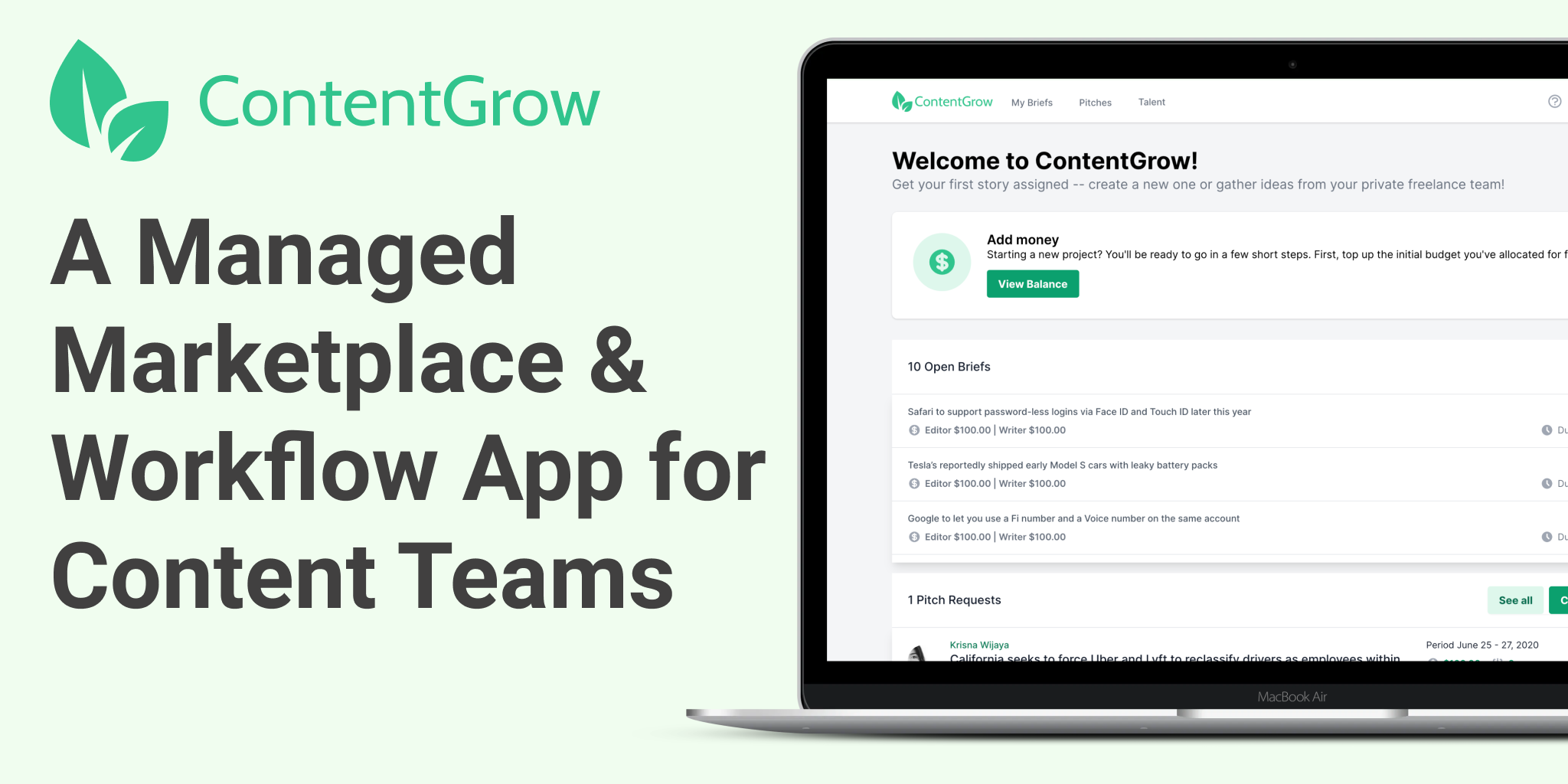MarTech stack: what email marketing brings to the table
From Taco Bell’s AI-driven offers to automated workflows, AI and automation reshape email marketing.

Is email marketing still relevant in 2025?
In this second edition of the MarTech Stack series, we reintroduce email marketing. Many promotional emails end up in junk folders, raising the question—does it still deserve a place in our MarTech stack?
In this article, we cover the basics of email marketing, its relevance in the AI era, and how it helps nurture leads and bring customers back to your product.
Let's get into it
💡 Pressed for time? Here’s what matters:
- Email marketing is still relevant in 2025, evolving with AI and automation to drive engagement and conversions.
- Yum Brands (Taco Bell & KFC) use AI-driven email campaigns to personalize offers, boosting sales and customer retention.
- AI enhances email marketing by optimizing send times, content personalization, and customer targeting for better results.
- Choosing the right MarTech stack is crucial—integrating AI-powered tools ensures email marketing remains efficient and impactful.
- Email marketing metrics vary by campaign type, requiring tailored strategies for promotional, transactional, and informational emails.
So what's email marketing?
Email marketing has been around since 1971, and while the fundamentals remain the same, automation and AI have made it easier to stay relevant.
For businesses, AI enables more personalized campaigns, making it easier to nurture leads and retain customers by delivering content that matters.
Yum Brands, the parent company of Taco Bell and KFC, has embraced AI-driven marketing to enhance customer engagement. By using AI to analyze customer preferences and automate personalized email campaigns, they have increased purchase rates and customer retention.
AI helps them send targeted promotions, ensuring their audience receives relevant offers at the right time, leading to higher sales and brand loyalty.
"In the pilot, we delivered emails that were customized at an individual level... you can optimize that for marketing use cases like upselling, retention, referrals and even win-back strategies."
- Joe Park, Chief Digital and Technology Officer at Yum Brands
In general, emails in marketing campaigns can be promotional, transactional, or informational. Each serves different business goals, from driving conversions and traffic to building long-term customer relationships.
As part of the MarTech ecosystem, email marketing integrates with CRM systems, analytics tools, and automation platforms. Businesses use it to nurture leads, retain customers, and create targeted communication strategies based on data insights.
Types of email marketing
Not all email in email marketing is promotional. Each type of email serves a specific function, from driving sales to keeping users informed. By understanding these differences, marketers can see how each type of email drives different outcomes and requires distinct metrics to measure success.
1. Promotional emails
Promotional emails are designed to boost sales and conversions. These often include a call-to-action (CTA) encouraging recipients to make a purchase, sign up for an event, or explore a special offer. Promotional emails can be sent individually or as part of an email campaign.
One excellent example of this is Tory Burch's private sale email campaign. By using GIF animations and framing their sale as an exclusive, invite-only event, they made the email stand out in recipients’ inboxes, increasing engagement.

2. Informational emails
Informational emails are commonly used for newsletters and company announcements. They help businesses stay connected with their audience while providing valuable updates, content, or industry insights. According to the Content Marketing Institute, 31% of B2B marketers cite email newsletters as the most effective way to nurture leads.
3. Transactional emails
Transactional emails are automated messages sent in response to a user's action. Examples include order confirmations, password resets, and post-purchase follow-ups. These emails help businesses maintain seamless communication with their audience.

AI can improve all three types of email marketing. It helps optimize subject lines for higher open rates, predicts user engagement based on past behavior, and personalizes content dynamically in real time.
Why email marketing is still powerful today
Email remains one of the most reliable digital marketing channels. It continues to generate high returns and allows businesses to build direct relationships with their audience.
- Email outperforms social media and paid ads in conversion rates. It delivers an ROI of US$42 for every US$1 spent, making it one of the most cost-effective marketing channels.
- It remains one of the most widely used digital channels. Over 4.3 billion people use email daily, and this number is projected to grow.
- AI-driven automation has enhanced efficiency. Predictive send times and automated segmentation ensure the right emails reach the right audience at the right time.
Core features of email marketing platforms
Email marketing tools offer essential functions that improve efficiency and effectiveness. These features help businesses automate processes, analyze performance, and enhance engagement.
- Segmentation & Personalization – Send targeted emails to different audience groups based on demographics, purchase history, or behavior.
- Automation & Triggers – Set up email workflows that automatically respond to user actions, such as welcome emails or abandoned cart reminders.
- A/B Testing & Analytics – Test different subject lines, email designs, or CTAs to determine what works best and optimize accordingly.
Common challenges in email marketing & how to solve them
While email marketing is effective, it comes with challenges like low open rates and unsubscribes. Identifying these issues early helps businesses improve their strategy.
- Low open rates: Subject lines play a crucial role. AI-powered subject line testing can help determine the most effective phrasing to improve engagement.
- Spam filters & deliverability: Avoid spam triggers and ensure your emails come from verified domains.
- List fatigue & unsubscribes: AI can analyze engagement patterns and adjust email frequency dynamically to retain subscribers without overwhelming them.
Getting started with email marketing
A structured approach makes email marketing easier to implement. Businesses need to focus on building an audience, creating engaging content, and using automation for efficiency.
- Build an email list – Use lead magnets, signup forms, and opt-ins to collect contacts.
- Craft engaging content – Ensure subject lines and email copy are compelling and relevant to your audience.
- Set up automation & segmentation – Categorize users based on their preferences and automate email workflows.
Things to know before investing in email marketing
Before launching an email strategy, businesses should consider key factors like timing, frequency, expected outcomes, and selecting the right tools.
Choosing an email marketing platform that integrates well with your existing MarTech stack ensures smoother automation, better analytics, and more efficient campaign management.
- How long does it take to see results? Results vary, but AI-driven optimization can speed up engagement improvements and conversions by refining targeting and automation.
- How often should you send emails? Best practices suggest weekly or bi-weekly emails, but AI can tailor frequency to match individual subscriber behavior for better engagement.
- Is email marketing still effective in 2025? Yes—thanks to high ROI and automation advancements, email marketing continues to be a leading channel for customer engagement and retention.
Email marketing works best when integrated with other tools in the MarTech stack. It plays a key role in automation, customer retention, and revenue growth.
While AI enhances efficiency, email remains a core marketing channel that businesses of all sizes rely on to engage customers and drive revenue.
FAQs
How do I start email marketing?
Start by choosing an email marketing platform like Mailchimp or Brevo, then build an opt-in email list through sign-ups. Segment your audience, create engaging email content, and set up automation for efficiency. AI tools can help optimize send times and personalization for better results.
Can you make money from email marketing?
Yes, businesses increase revenue through email marketing by sending targeted promotions, upsells, and automated email sequences. Brands use AI-driven personalization to improve conversions, ensuring that emails are relevant to each recipient.
What is email marketing?
Email marketing is the use of emails to engage with customers, send promotions, share updates, and build brand relationships. It includes promotional, transactional, and informational emails, often enhanced by automation and AI.
How to send 1,000 emails at once for free?
Free email marketing platforms like Mailchimp and Brevo allow bulk email sending within their free plans. Be mindful of email deliverability and spam compliance (e.g., GDPR, CAN-SPAM) when sending large volumes.
This is the second in a series of MarTech Stack articles, and we hope that this has provided insight into the MarTech landscape.




